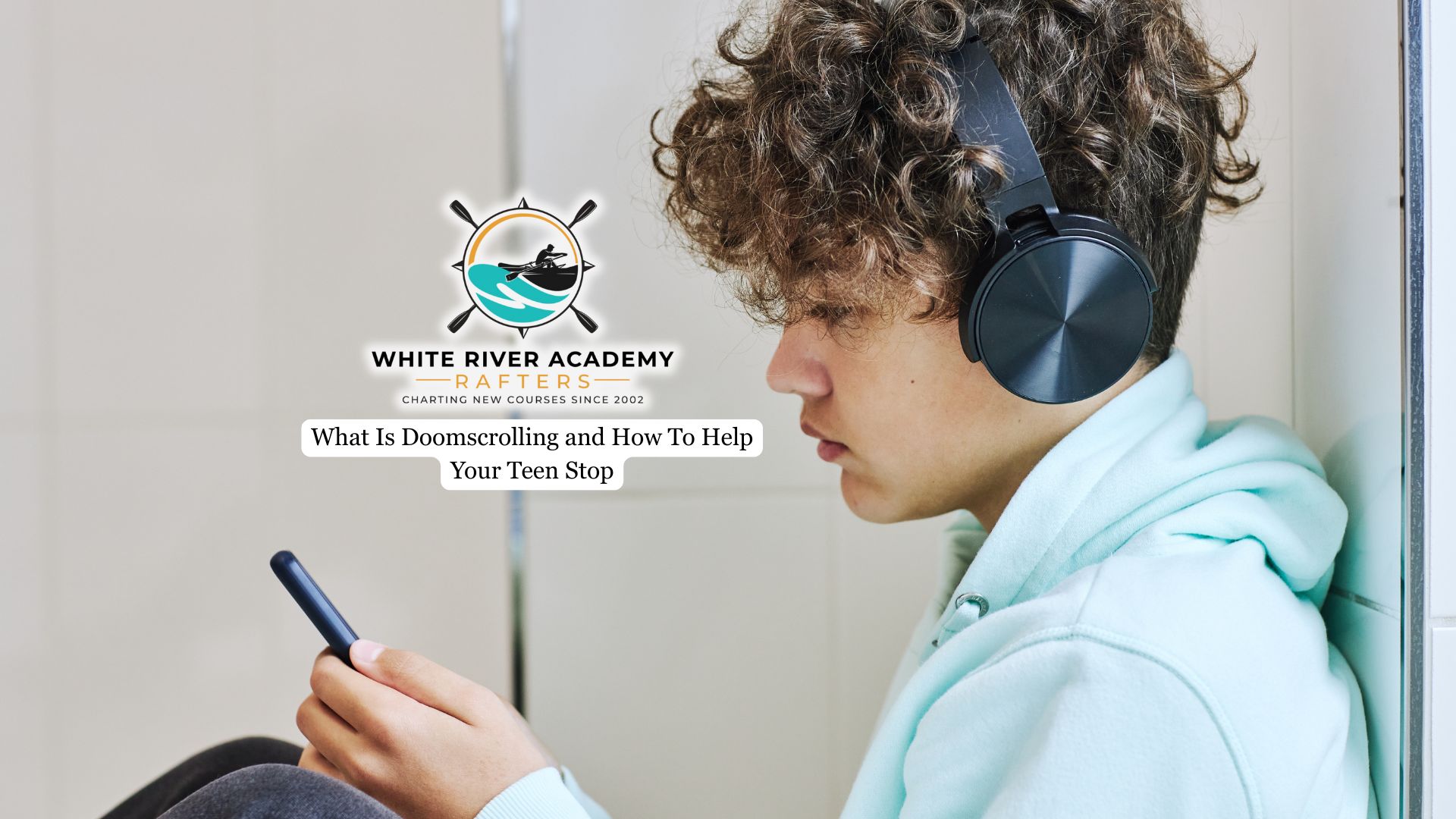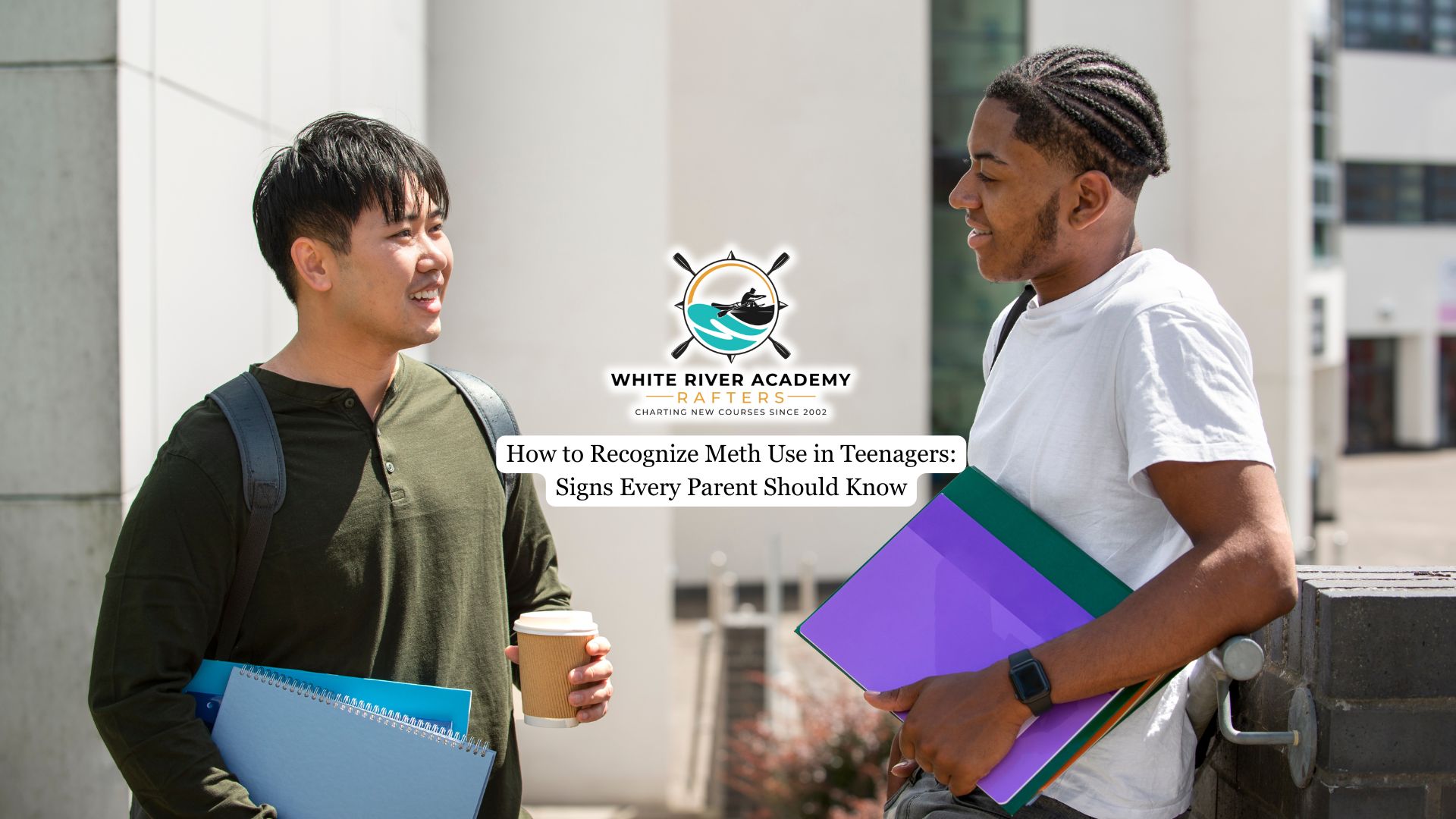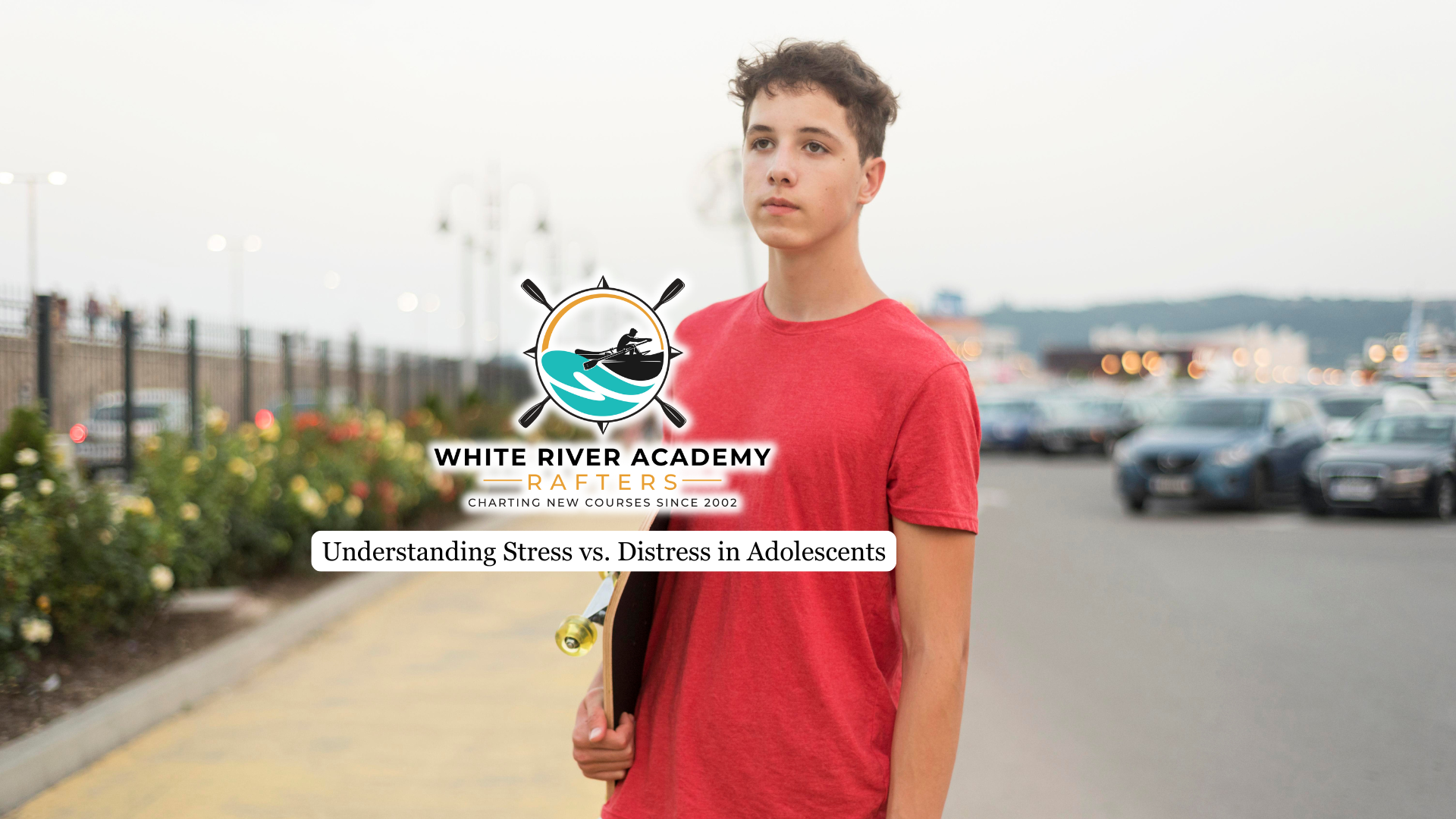Doomscrolling behavior surged during the COVID-19 pandemic and remains relevant, especially for teens who live in a digital-first world and face constant exposure to emotionally charged content. Being aware of what doomscrolling entails and its impact is vital for helping young people maintain healthier digital habits.
In this article, we explain what doomscrolling is and why teenagers are especially vulnerable to it. We also discuss the effects it has on their mental and physical well-being and offer practical strategies for parents and caregivers to help teens break free from this harmful cycle.
What Is Doomscrolling?
Doomscrolling, sometimes called doomsurfing, refers to the compulsive habit of scrolling through an ongoing stream of negative, distressing, or sensationalized news on social media and news platforms. Algorithms on these sites tend to prioritize emotionally charged and often alarming content, keeping users engaged longer.
Teens are particularly at risk because they are motivated by a fear of missing out (FOMO), intensified emotional sensitivity, and a natural desire to understand the world during uncertain times. However, what starts as a means to stay informed can quickly become a harmful loop that worsens anxiety and stress.
For some teens, doomscrolling becomes more than a habit. It’s a symptom of deeper emotional struggles. In such cases, an internet addiction program for adolescents can offer the structure and support they need. These programs provide a safe space to disconnect from digital chaos, process overwhelming emotions, and begin the path toward healing and resilience.
Why Teens Are Especially at Risk
Teenagers are more vulnerable to doomscrolling for several reasons. Their brains are still developing, making them more emotionally sensitive and less equipped to regulate negative emotions. On top of that, social media is a central part of their lives, exposing them to a constant flood of content designed to grab attention through negativity and sensationalism.
The pressure to stay connected and be ‘in the know’ drives teens to spend excessive time online, where algorithms reinforce the cycle by showing them more distressing information. This can exacerbate feelings of fear, and helplessness, which may lead to substance abuse.
Effects of Doomscrolling on Teens
Mentally, constant exposure to negative news can increase anxiety, depression, hopelessness, and general emotional fatigue. Physically, doomscrolling often disrupts sleep due to late-night screen time and blue light exposure, leading to poor rest.
Teens may also experience headaches, muscle tension, and elevated stress-related physical symptoms. Socially and academically, doomscrolling can reduce focus and productivity, decrease participation in offline activities, and intensify feelings of isolation despite being “connected” online.
Signs Your Teen May Be Doomscrolling
Parents should watch for signs like difficulty putting down devices, irritability when separated from their phones, mood swings linked to online activity, and disinterest in activities they once enjoyed.
Changes in sleep patterns, declining academic performance, and spending multiple hours daily on social media with a focus on negative content can also indicate problematic doomscrolling behavior.
Why It’s Hard to Stop
Doomscrolling is hard to break because it becomes a mindless habit rewarded by the brain’s dopamine system. The rush from new, emotionally charged information makes the brain seek more, creating a loop. The algorithms feeding distressing content make it even more challenging to escape. Many teens feel that staying updated via doomscrolling helps them manage anxiety or feel in control, even though it often worsens their stress and mood.

How to Help Your Teen Stop Doomscrolling
Open Conversations
Begin by talking with your teen about their social media use and the emotional toll of doomscrolling. Approach the subject with empathy and curiosity rather than judgment to foster honest dialogue.
Set Digital Boundaries Together
Work with your teen to establish screen-free times, such as during meals or before bedtime. Encourage the use of app timers or parental controls to limit their exposure to negative content.
Curate Positive Feeds
Help your teen follow uplifting, educational, or neutral accounts while unfollowing or muting sources that share primarily distressing news. This adjustment can reduce anxiety and create a healthier online experience.
Be a Positive Role Model
Demonstrate healthy digital habits yourself by limiting your own screen time and engaging in offline activities as a family to set a strong example.
Encourage Offline Activities and Hobbies
Support your teen’s involvement in sports, arts, volunteer work, or social activities that offer positive outlets and help shift focus from screens to real-world engagement.
Teach Mindfulness and Self-Awareness
Introduce mindfulness techniques such as journaling, meditation, or deep breathing exercises to help your teen pause and reflect before mindlessly scrolling.
Seek Professional Help if Needed
If doomscrolling is linked to severe anxiety, depression, or functional impairment, consulting a mental health professional can provide specialized support and treatment.
Final Thoughts from White River Academy
Doomscrolling can quietly but powerfully harm teenagers’ emotional, physical, and social well-being. By understanding what doomscrolling is, recognizing its warning signs, and taking compassionate steps to intervene, parents and caregivers can guide teens toward healthier habits. These efforts can help them reclaim control over their attention and foster resilience against the negative effects of our hyperconnected world.
While these strategies can be effective, some teens need more structured support. At White River Academy, academics are thoughtfully integrated with therapeutic care to help troubled young men develop healthier habits and build lasting resilience. The program goes beyond overcoming doomscrolling and other kinds of social media issues. It addresses the deeper emotional and behavioral challenges that often fuel excessive screen time.




